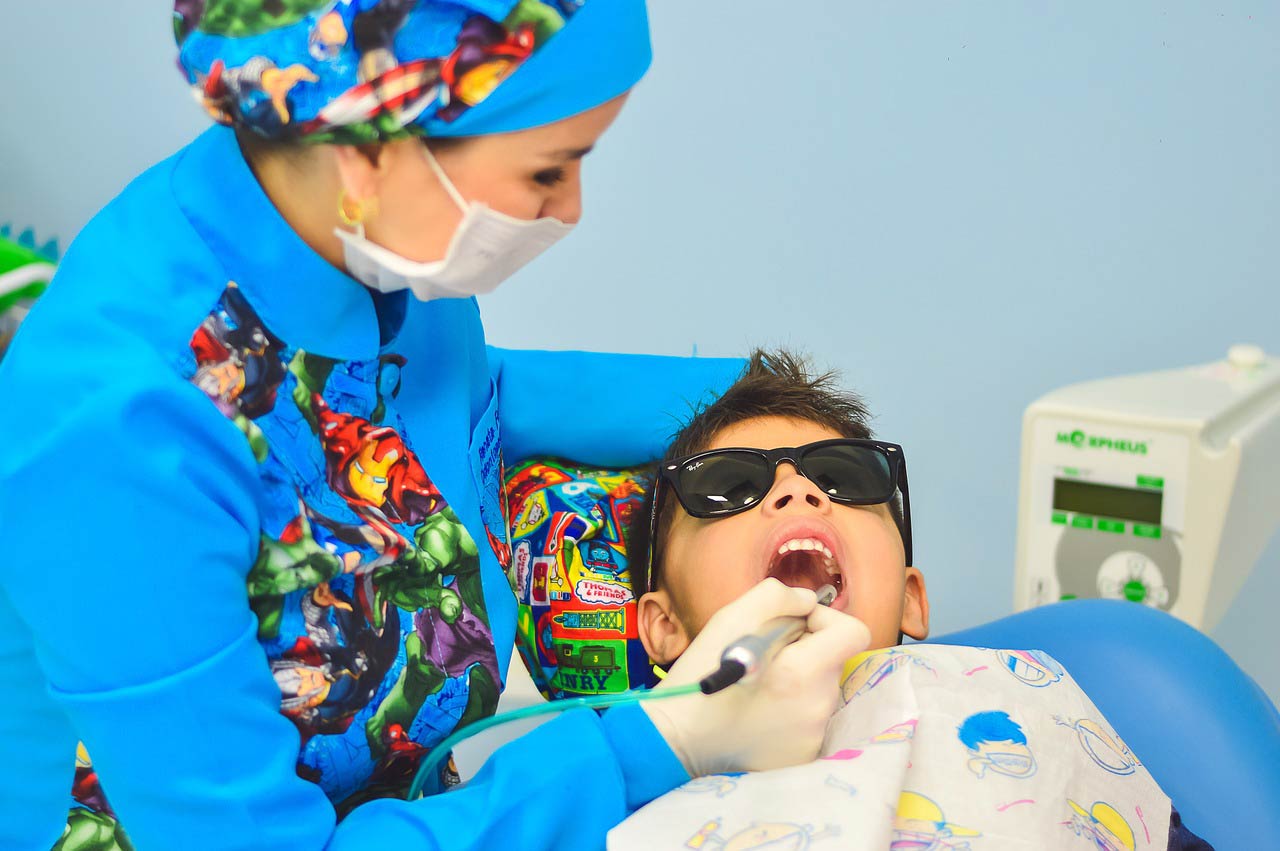
Gas Usage & Safety Precautions for Dental Offices
March 6th is National Dentist’s Day! At Air Source Industries, we are proud to support local Southern California dental offices with quality compressed gas deliveries.
Dentists are always prioritizing their patient’s safety to provide them with an environment that makes them feel comfortable. Let’s see how dental offices keeps patients safe and calm. Plus we have some fun dentistry facts.
Types of Gases Dental Offices Use
Dental offices use compressed gases every day to help their patients. The most familiar gas you may know is nitrous oxide, colloquially known as laughing gas. It’s a mix of nitrous oxide and oxygen that works as a sedative for dental procedures. Nitrous oxide works quickly within minutes of putting on the mask to help patients feel calmer and less anxious. Nitrous oxide benefits patients who get very nervous visiting their dentist, especially kids who developed fears of the dentist or can’t sit still.
We also provide medical grade oxygen to dental offices. Dental oxygen is mixed with nitrous oxide for sedation. When a dentist has concluded their procedure and is ready to reduce nitrous oxide for their patient, the dentist will first turn off the nitrous oxide flow and then after 5 minutes of oxygen flow, turn off the oxygen as well. The oxygen exposure helps equalize the gases in the patient’s lungs and bring them back to full alertness. Dentists often will have a portable medical oxygen cylinder on hand for emergencies.
Dental Office Gas Handling Safety
Your safety at the dental office is very important and you likely are not aware of the behind-the-scenes efforts to keep you safe. One safety area your dental office spends a lot of time on is using compressed nitrous oxide mixtures.
The National Institute for Occupational Safety and Health (NIOSH) conducted a survey in 2011 to see how frequently medical professionals followed best practices. Dental professional overwhelming (>93%) use nasal scavenging masks or local exhaust ventilation (LEV) to reduce unwanted nitrous oxide exposure. This helps minimize nitrous oxide gas from collecting in their dental office. If dental professionals start noticing possible side effects of nitrous oxide exposure like a headache, cough or shortness of breath, they will want to check their equipment or ventilation system.
Nitrous Oxide Best Practices Include:
- Checking and testing nitrous oxide equipment for leaks
- Reducing second-hand exposure by starting the nitrous oxide gas after securing the mask to the patient
- Ongoing training for handling and administering nitrous oxide to patients and reviewing dental offices safety procedures with all employees.
- Turning off nitrous oxide gas flow before turning off the oxygen flow when concluding gas use. This reduces post-procedure nitrous oxide exposure to patients.
- Using scavenging systems like masks or local exhaust ventilation (LEV) with nitrous oxide systems. This minimizes the nitrous oxide from concentrating in the room.
Fun Dental Facts
In honor of National Dentist’s Day, we wanted to share a few fun facts:
- The earliest known reference to a person who identified as a dentist is an Egyptian scribe named Hesy-Re who died in 2600 BCE.
- 1723 – French surgeon Pierre Fauchard publishes Le Chirurgien Dentiste, ou Traité des Dents (The Surgeon Dentist, A Treatise on Teeth). The book describes a system for performing dentistry with descriptions of anatomy and techniques. Fauchard is regarded as the father of modern dentistry.
- 1832 – The first reclining dental chair is created by James Snell. The first fully reclining chair isn’t introduced until 1958!
- Tube toothpaste becomes the standard when created in the 1880s. Before tube toothpaste, people were using liquid or powder form to clean their teeth. Fluoride toothpaste rises to popularity in 1950.
Conclusion
The next time you visit your dentist, make sure to thank them for the hard work they do to keep your teeth healthy. We know we will!
If you are a dental office that needs medical gases, Air Source Industries has you covered for all your nitrous oxide and precision gas mixture needs. We offer next-day delivery of medical grade gas to your dental practice in Los Angeles or Orange County. Find out more by contacting our application experts at (562) 426-4017 or get a quote online.
Sources:
https://www.cdc.gov/niosh/topics/healthcarehsps/nitrous.html
https://www.cdc.gov/niosh/updates/upd-06-13-17.html
https://www.cda.org/portals/0/pdfs/fact_sheets/nitrous_oxide_english.pdf
https://www.ada.org/en/member-center/oral-health-topics/nitrous-oxide
http://nationaldentistsday.com/
https://www.ncbi.nlm.nih.gov/pubmed/17890667
https://www.ncbi.nlm.nih.gov/pmc/articles/PMC1586863/

